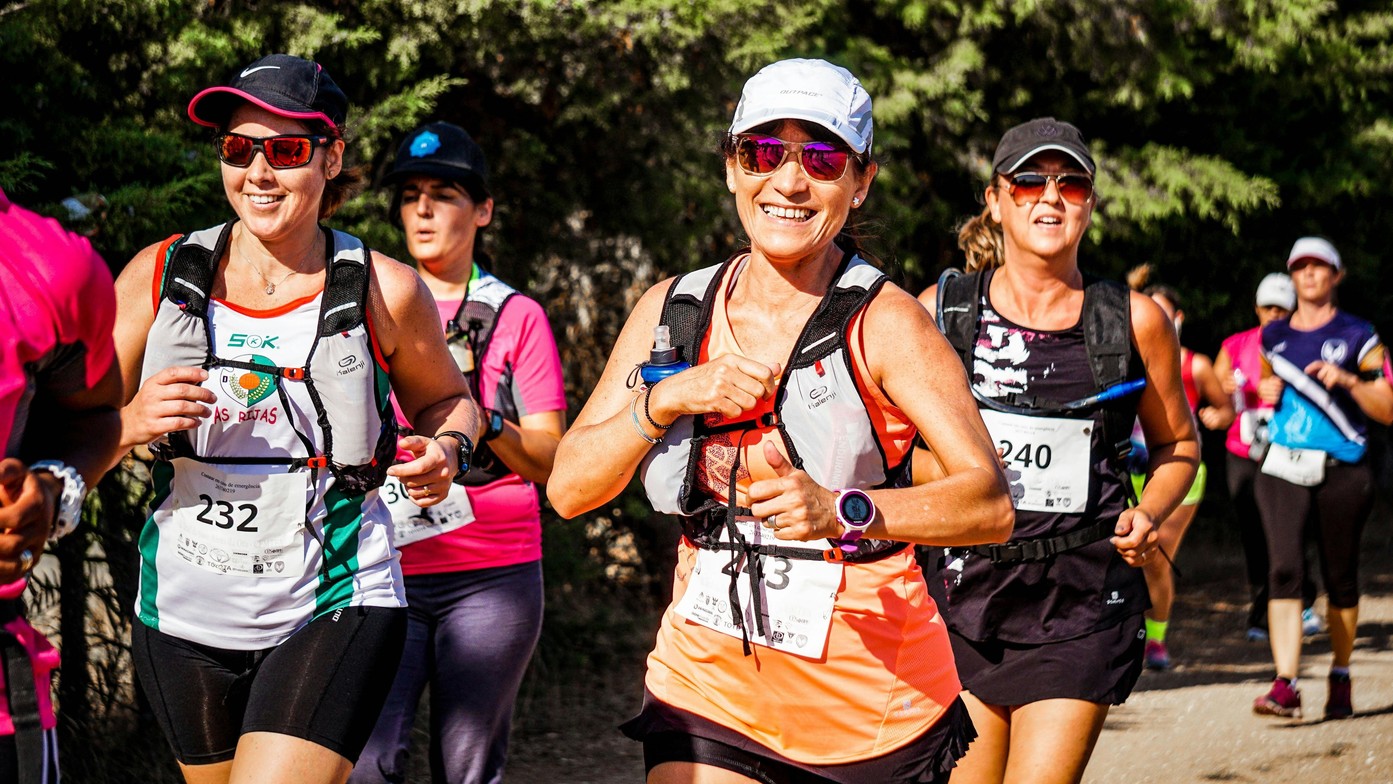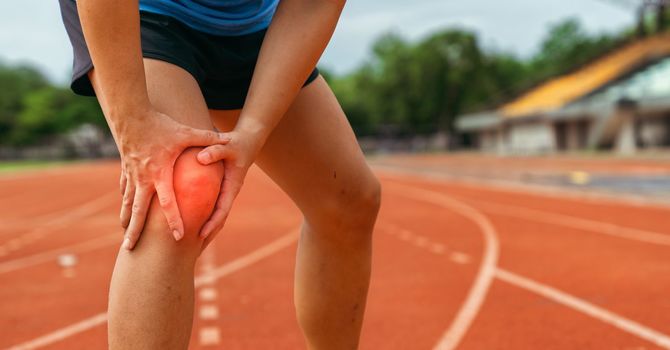
When it comes to movement, most women have a go-to. Maybe you feel your best after a sweaty spin class or calm and grounded after lifting weights. But did you know that cardio and strength training influence your hormones in very different ways, especially if
you're cycling, in perimenopause, or navigating menopause?
Understanding the hormonal impact of different types of exercise can help you choose the right kind of movement for your energy, goals, and life phase.
Let’s explore how each supports women’s hormonal health.
Cardio Exercise & Female Hormones
Think: walking, running, cycling, swimming, dancing, group classes, or low-impact aerobics.
Hormonal Benefits:
Improves insulin sensitivity
Cardio helps your body respond better to insulin, making it easier to stabilize blood sugar, reduce cravings, and improve energy. This is especially helpful for women with PCOS, blood sugar imbalances, or perimenopausal weight changes.
Supports cortisol regulation
Gentle cardio (like walking or cycling in zone 2) helps lower cortisol, the body's main stress hormone. This is ideal during the luteal phase, or for women in perimenopause dealing with burnout, anxiety, or sleep disruptions.
Boosts mood with endorphins
Cardio stimulates endorphin release, which supports serotonin production which is often lower in the second half of your cycle and during perimenopause. Think of it as a natural mood stabilizer.
Enhances estrogen metabolism
Regular aerobic exercise can support how your body detoxifies and clears estrogen, which can reduce symptoms of estrogen dominance like PMS, heavy periods, and breast tenderness.
Supports progesterone indirectly
While cardio doesn’t directly raise progesterone, it can support more consistent ovulation, which is the only way your body makes natural progesterone, an essential hormone for mood, sleep, and PMS support.
Strength Training & Female Hormones
Think: weightlifting, Pilates with resistance, bodyweight training, kettlebells, or resistance bands.
Hormonal Benefits:
Builds testosterone & DHEA (yes, women need these too!)
Strength training boosts anabolic hormones like testosterone and DHEA, which are essential for muscle maintenance, libido, motivation, mood, and energy especially during perimenopause and menopause, when they start to decline.
Improves insulin sensitivity (again!)
Strength training not only helps your body manage blood sugar, but the more muscle mass you carry, the more glucose your body can clear. This is key for women navigating hormonal weight changes, cravings, and energy crashes.
Buffers the stress response
While lifting weights raises cortisol temporarily, it also teaches your body how to recover. This makes your stress system more resilient which is crucial for hormone balance, especially in perimenopause and postmenopause.
Protects bone density
Strength training is one of the best tools to prevent bone loss as estrogen declines in perimenopause and menopause. It stimulates bone-building and keeps your frame strong as you age.
Cycle-Aware Movement Matters
Your hormones change week to week and your workouts can, too.
Here’s a general guide for women in their cycling years:
- Menstrual phase (Days 1–5): Gentle movement, walking, stretching, yoga
- Follicular phase (Days 6–13): Energy rises—great time for strength training, HIIT, or cardio
- Ovulation (Day 14-ish): Peak energy—ideal for your heaviest lifts or cardio challenges
- Luteal phase (Days 15–28): Focus on moderate strength, walking, Pilates, and rest as needed
In perimenopause and menopause, focus shifts toward:
- Maintaining muscle mass
- Protecting bone density
- Supporting insulin sensitivity and nervous system regulation
Use Both to Your Hormonal Advantage
You don’t have to choose between cardio and strength. Instead, think of them as hormonal tools, each offering different benefits depending on your goals, your cycle, and your season of life.
The most supportive movement:
- Honors your hormonal fluctuations
- Supports your energy (not depletes it)
- Matches your phase of life: cycling, perimenopausal, or menopausal
Want personalized guidance on syncing your workouts with your hormones?
→ Book a consult today. Let’s map it out together.



